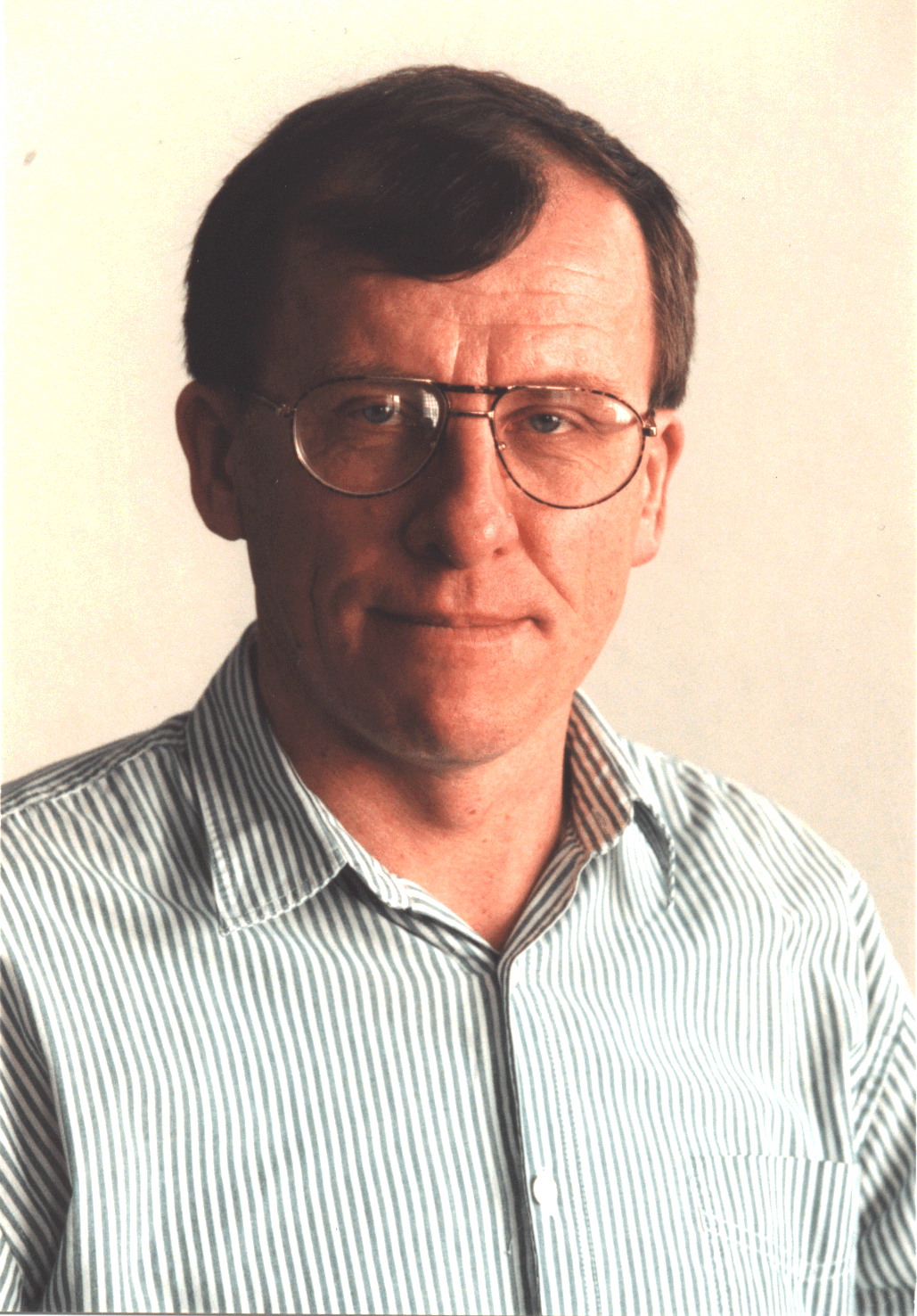 Andrzej Królak
Andrzej Królak Andrzej Królak
Andrzej KrólakPh. D.: Univ. of Warsaw 1983, Habilitacja: Institute of Mathematics PAN 1990, Professor: 2003.
My field of research is gravitation and general theory of relativity. I am interested in phenomena predicted by this theory like black holes and gravitational waves and also in the ways of testing these predictions.
Presently my scientific work is focused on theoretical and practical aspects of analysis of data from gravitational-wave detectors. Ground-based detectors of gravitational waves are currently working in Germany, France, Italy, Japan, and the USA. NASA and the European Space Agency are planning to put a gravitational wave detector (LISA project) in an orbit around the Sun. Detection of gravitational waves will be a final confirmation of Einstein’s theory of gravity and will open a new window on the Universe. My main interest is detection of very weak, quasi-periodic signals in large parameter spaces. Currently, using our theoretical methods and algorithms, I am leading a team that analyses data from Italian NAUTILUS resonant bar detector. Analysis is performed on a large network of computers. My another significant project is to study theoretical methods and develop data analysis tools to analyse the gravitation wave signal originating from superposition of many signals from binary systems in our Galaxy. This is the dominant gravitational wave signal that will be present in the data of a space-borne detector LISA. I have demonstrated that this signal constitues a cyclostationary random process.
Statistical methods to analyse gravitational wave data are presented in an article published by myself and Piotr Jaranowski in an online journal - Living Reviews in relativity.
In the past I haved studied black holes and space-time singularities using methods of differential topology and geometry developed by Geroch, Hawking in Penrose. In particular I have worked on cosmic censorship hypothesis put forward by Roger Penrose in 1969. The hypothesis asserts that the final state of gravitational collapse is always a black hole: space-time singularity clothed by an event horizon. In the language of Lorentzian geometry, space-time satisfies Penrose’s hypothesis if it is globally hyperbolic.
In September 2003 I organized an international conference in the Banach International Mathematical Center entitled Mathematics of Gravitationa II. The proceedings of the conference are available on line. In September 2006 I am organizing a working group in the Banach Center to review statistical and numerical methods used in our analysis of graviational wave data from the NAUTILUS detector.
I have strong collaborative links with Max Planck Institute for Gravitational Physics in Germany and a NASA institute - Jet Propulsion Laboratory in USA.
I am a member of American Mathematical Society (AMS), of Polish Mathematical Society (PTM), and of Institute of Electrical and Electronics Engineers (IEEE).
I am the director of Fundacja Rozwoju Matematyki Polskiej (Foundation for Development of Polish Mathematics).
1. C. J. S. Clarke and A. Królak, Conditions for the occurrence of strong curvature singularities, Journal of Geometry and Physics, Vol. 12 (1985), 127.
2. A. Królak, Towards the proof of the cosmic censorship hypothesis , Classical and Quantum Gravity Vol.3 (1986), 267.
3. A. Królak and B. F. Schutz, Coalescing binaries - probe to the Universe, General Relativity and Gravitation, Vol. 19 (1987), 1163. (Second Prize by Gravity Research Foundation, Ma, USA).
4. P. Jaranowski and A. Królak, Optimal solution of the inverse problem for the gravitational wave signal of a coalescing compact binary, Phys. Rev. D49 (1994) 1723.
5. P. Jaranowski, A. Królak, and B. F. Schutz, Data analysis of gravitational-wave signals from pulsars. I. The signal and its detection, Phys. Rev. D58 (1998) 063001.
6. P. Jaranowski and A. Królak, Data analysis of gravitational-wave signals from pulsars.II. Accuracy of estimation of parameters, Physical Review D59 (1999) 063003.
7. P. Jaranowski and A. Królak, Data analysis of gravitational-wave signals from pulsars. III. Detection statistics and computational requirements, Physical Review D61 (2000) 062001.
8. P. Astone, K. Borkowski, P. Jaranowski and A. Królak, Data analysis of gravitational-wave signals from spinning neutron stars. IV. An all-sky search, Physical Review D65 (2002) 042003.
9. R. Budzyński, W. Kondracki, and A. Królak, New properties of Cauchy and event horizons, Nonlinear Analysis Vol. 47 (2001) 2983.
10. A. Królak, Cosmic Censorship Hypothesis, Contemporary Mathematics, Vol.359 (2004) 51.
11. A. Królak, M. Vallisneri, and M. Tinto, Optimal filtering of the LISA data, Physical Review D70 (2004) 022003.
12. P. Jaranowski and A. Królak, Gravitational Wave Data Analysis: Formalism and Applications, Living Reviews, lrr-2005-3, 2005.
13. J. Edlund, M. Tinto, A. Królak, and G. Nelemans, The White Dwarf - White Dwarf galactic background in the LISA data, Phys. Rev. D71 (2005) 122003.